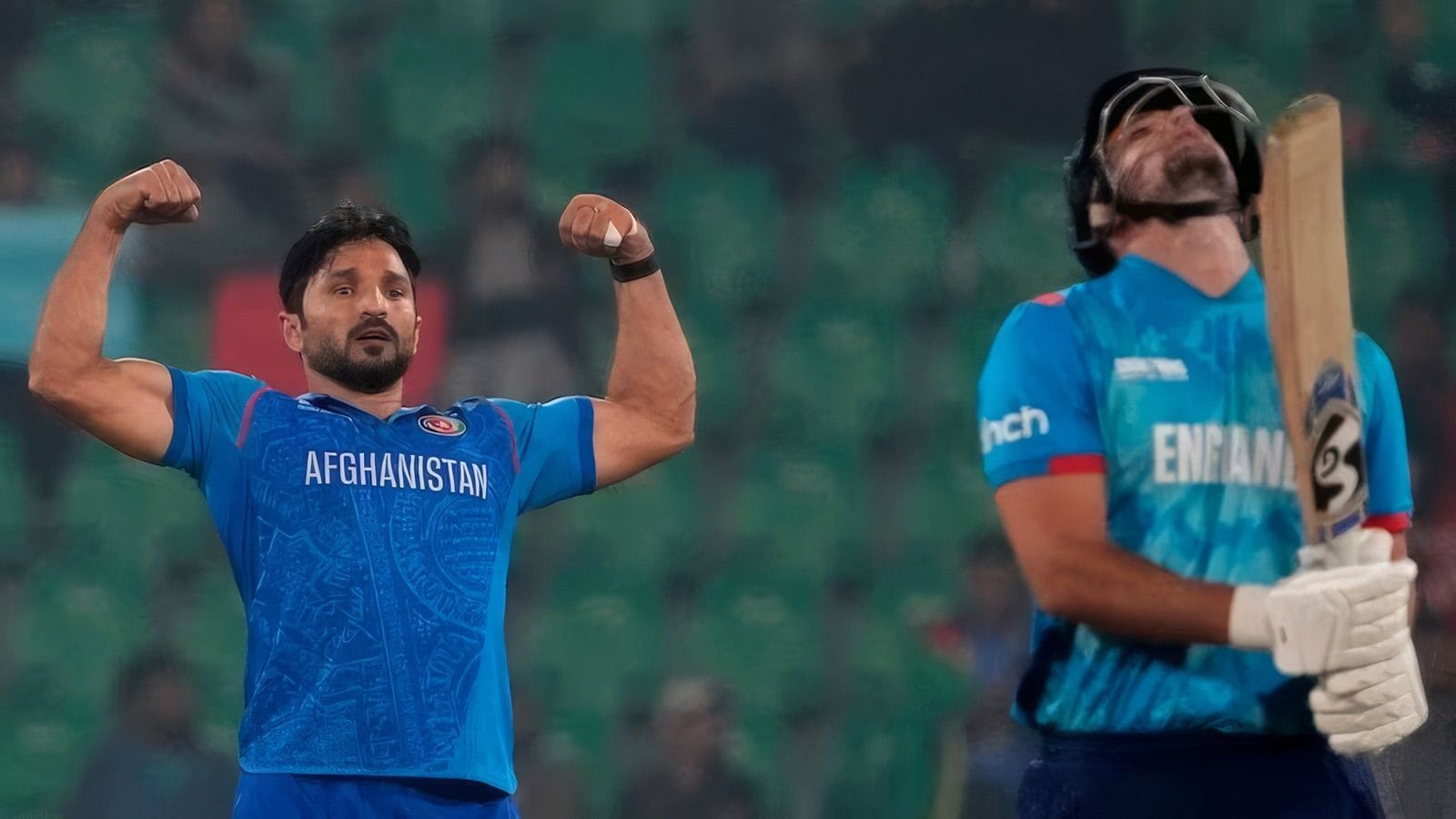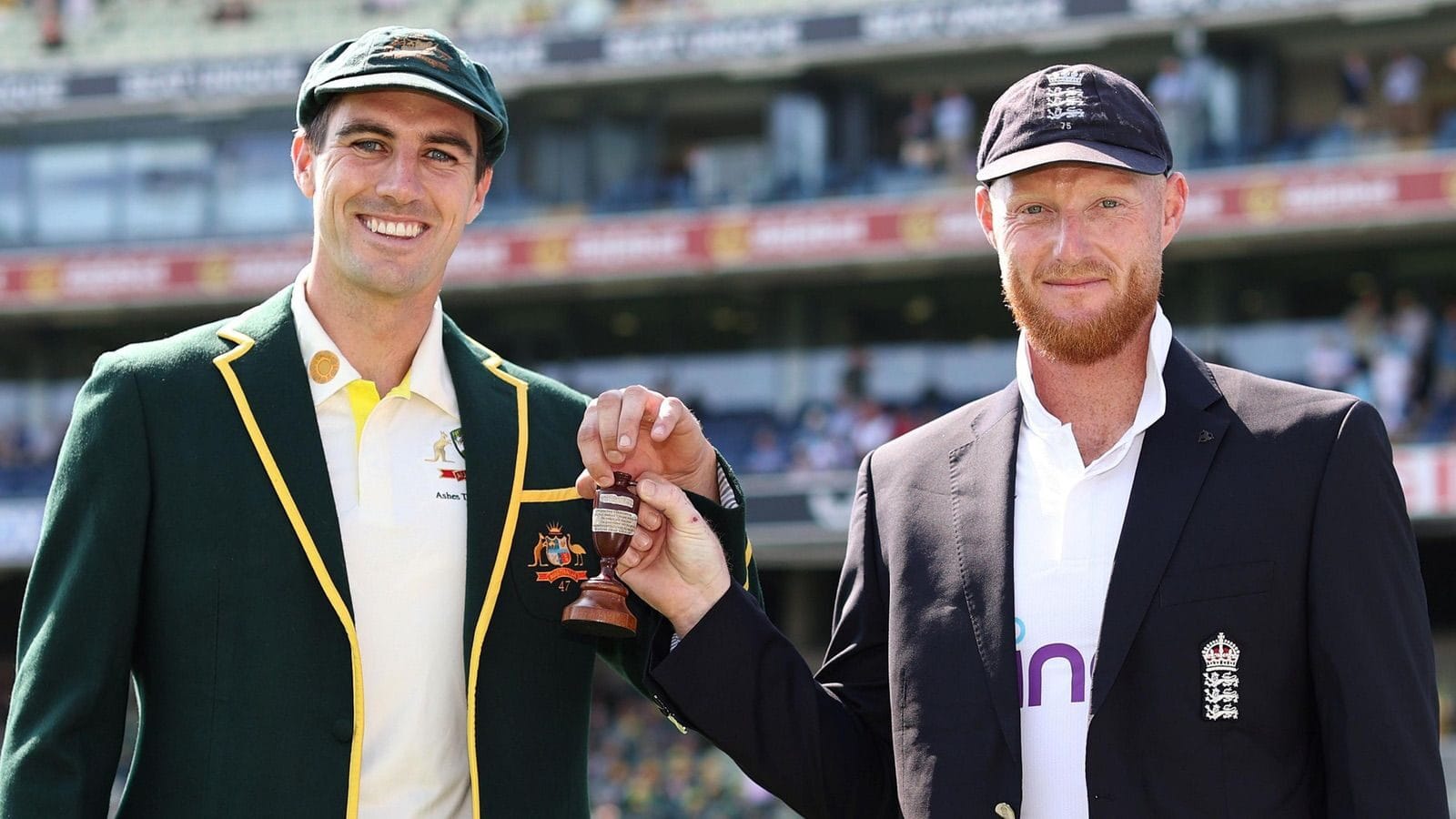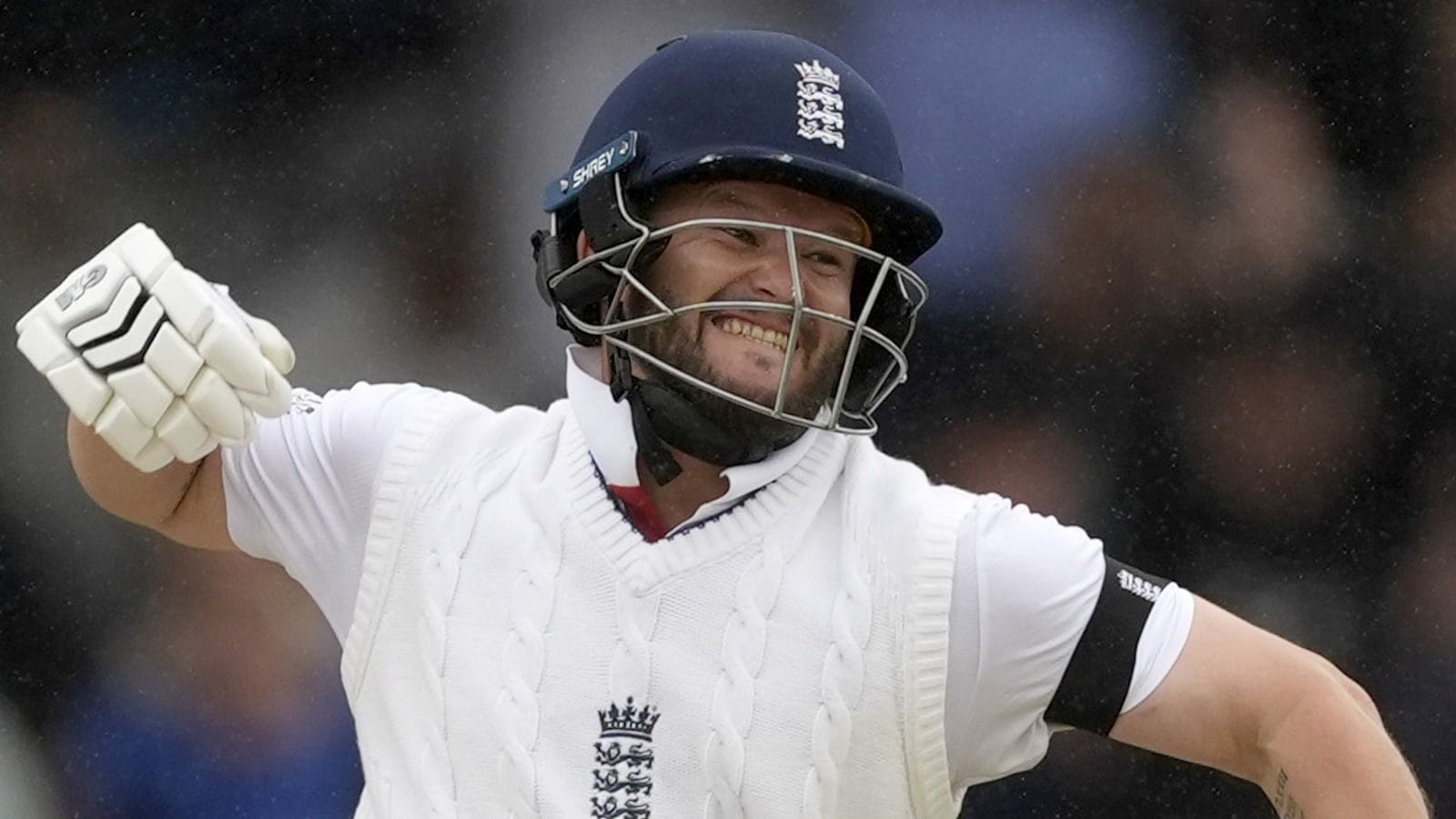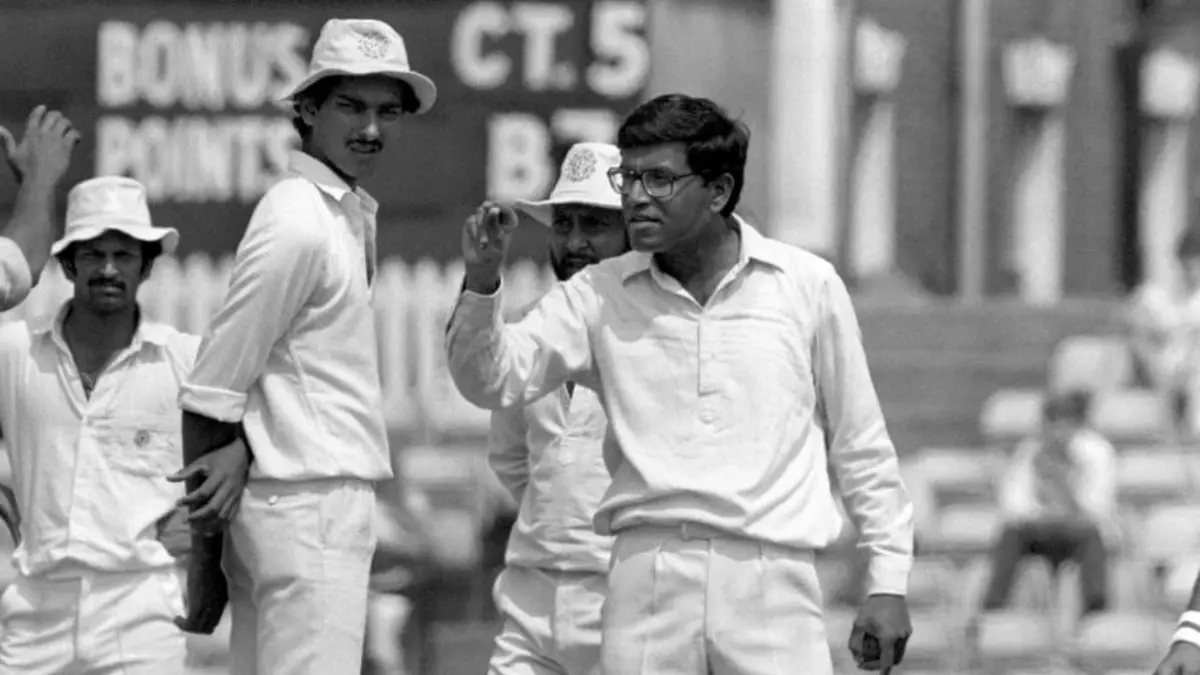This article first appeared in Scoreline magazine. It has now been confirmed that Harry Brook will be England’s new ODI captain.
England and Men’s One-Day Internationals: From the Ridiculous to the Sublime and Back Again
Why have England had such a bad run in ODIs?
Let us leave aside bilateral series, such as the recent one in India, which was supposed to “prepare” England for the Champions Trophy. The things people are most interested in now are ICC competitions like the Champions Trophy and the World Cup. There has been one each of these in the last couple of years and England’s performance has not been good. They were lamentable in the World Cup in India in 2023. In the Champions Trophy in Pakistan they lost all three games, although in the first two they played quite well and there were times when it looked as though they might win. But they didn’t. Which is all that matters. All this is disappointing and what makes it worse is that not so long ago, in the English summer of 2019 they were demonstrably the best 50-over side in the world, even if the actual win in the final at Lord’s was somewhat fortuitous.
England also won the World T20 competition held in Australia in 2022; again they were underwhelming in the most recent edition held in the US and the Caribbean in 2024. Their record in T20 internationals in the recent past has been better than their record in ODIs. In the latter, since the World Cup humiliation they have won four and lost seventeen. This is like going back to the bad old days, at the turn of the century or the period up to the World Cup of 2015, when they were so bad that, really, everything had to change – and it did, hence their stunning performance in 2019.
I don’t want to say any more about T20 mainly because I can’t be bothered, although of course I appreciate its commercial significance. Few people can remember a T20 match for mo than a few days after it happened. I can vividly recall 50, 55 and 60 over county matches I watched decades ago. Such matches offer everything a three, four or five day match can offer.
Anyone reading this will recall the extraordinary World Cup match between Afghanistan and Australia in Mumbai in November 2023, when Glenn Maxwell took Australia home with an extraordinary double century. That game had the sort of twists and turns that are simply not possible in a T20 match. Of course T20 has its own excitement and makes considerable demands on the players. It also has tactical nuances which pundits get excited about, in the same way that Formula One commentators get excited about precisely when a driver is taking a pit stop. But if you want the unique drama of a cricket match you can do a lot worse than a fifty over game.
One of England’s problems has been the inability to distinguish between these two formats and their different demands. It is not really fair to pick on individuals but it was very frustrating to watch Phil Salt in the Champions Trophy. There may well be T20 matches where an opener can hit two boundaries in the first over and think to himself “Job done”. But fifty over cricket is different: you have, if not all the time in the world, then at least plenty of time to assess the conditions, the bowlers and play yourself in, particularly if you are an opener; of course it may be different if you go in later, but Salt doesn’t have that excuse.
Salt’s career figures make it clear what his strengths are. Over his career as a whole he has played much more T20 cricket than any other format: 276 T20 matches as opposed to 49 List A matches and 52 red ball matches. His strike rate in those T20 matches is a remarkable 155, so you can see why the management are keen to see him succeed. His average in all formats is in the early thirties. The top sides are going to have world-class attacks that will exploit any weakness. Salt is going to have to revise his approach if he is going to have a long term career in 50 over cricket.
It is interesting to compare Salt with another white ball specialist, the South African Heinrich Klaasen. Klaasen is one of the most feared white ball batters in the world, although his strike rate in both formats is less than Salt’s. Like Salt he has played much more T20 cricket than the other two: 233 T20 matches, 131 List A matches and 85 red ball matches. He played a few Tests without achieving much but a significant distinction from Salt is that his average in red ball cricket is 46. Klaasen is a serious batter. You could see that when he played his match-winning innings against England in Karachi in the Champions Trophy. England’s paltry total meant there was very little pressure on him but his composure and common sense were very impressive. He made 64 off 56 balls with eleven fours – no sixes and no slogging.
England’s main problem – and Salt is a part of this – is that they seem to have no real idea of what their best side is. Players come and go, rise and fall. Sam Curran is a classic example. It is true that his numbers have not been so good in the last couple of years – since he was Player of the Tournament in the 2022 T20 World Championship – but he is supremely competitive and has served England well in all formats.
The makeup of the best possible eleven seems even less certain now that the captain, Jos Buttler, has resigned. It is impossible not to feel some sympathy for Buttler. He was probably always on a hiding to nothing. He succeeded one of the great white ball captains, whose 50 over side reached its peak at precisely the right moment. The eleven who beat New Zealand in the final at Lord’s in 2019 never played together again. Amazingly Eoin Morgan is still England’s highest scorer in ODIs; he is 36th overall which tells you something about the attention England has usually paid to the format. (He is second to Buttler in T20Is.) Morgan was a master tactician, a brilliant reader of situations and a highly effective manager of people. He also had the rare knack of treating those two imposters, Triumph and Disaster, just the same; Buttler found that challenging. But there have not been many as good as Morgan and one could not realistically expect Buttler to be one of them; he remains, though, a great white ball player.
Morgan had one great additional advantage; he had a trusted friend and adviser who helped point him in the right direction after the disaster of 2015: that was the New Zealand captain Brendon “Baz” McCullum.
This is a bonus that will be shared by whoever is selected to succeed Buttler, because McCullum is now England’s white ball coach. Hence, presumably, Rob Key’s recent suggestion that one possible candidate is the Test captain Ben Stokes. That seems a lot to ask of Stokes’ struggling body; it was no surprise when he retired from the format after the 2023 World Cup. Various more or less improbable names have been mentioned – James Vince, Sam Billing’s – but Harry Brook seems the most likely choice if only because he, Buttler, Joe Root, Adil Rashid and, if fit, Jofra Archer are the only players with a guaranteed place in the side.
It cannot be said that McCullum’s assumption of his new role has had an immediate impact. The squad for the Champions Trophy – or at least the three elevens – seemed inadequate in various ways. Of course the absence of Stokes from any England side is a blow. He is one of those rare players who somehow gets things done. It’s very simple: England would not have won either of the competitions in 2019 and 2022 without him. On a more basic level, his absence upsets the balance of the side. This is clear from performances in Test cricket. In the Champions Trophy, the best sides – India, New Zealand, South Africa – had at least five players one could call front-line bowlers. England always had four, relying on a combination of Root and Liam Livingstone to bowl the balance overs. The pace attack was all right arm fast or fast medium and only Archer really seemed to cause any problems. There is a dearth of spin support for the excellent, but 37 year-old, Rashid. What has Liam Dawson done to offend the powers that be? His record in domestic and franchise cricket is extremely impressive. There are probably others on the county circuit who are worth a look, but Key and McCullum have their own way of identifying talent and to be fair, certainly in the Test match arena, it has worked pretty well.
It is clear from the evidence of the last six years that despite the vast resources available to them – resources that, say, South Africa and New Zealand can only dream of – England struggle to excel in more than one format at the same time. In some ways, despite all those resources, they make things difficult for themselves. The leading players are effectively banned from the domestic fifty-over competition because it coincides with The Hundred; that is not going to change any time soon. We can always hope that a real match-winner, like Stokes (born in Christchurch, New Zealand, or Archer (born in Barbados) might turn up but that is a big ask. Like everything else cricket is subject to its environment and social change. The most obvious example of this in cricket was the abandonment of free-to-air television after the immensely popular 2005 Ashes. There are other indications of societal movement. Sixty percent or so of the players in most current England elevens have been privately educated; this compares with seven percent or so of the population as a whole. The picture would have been very different, say, thirty years ago and before. The relative lack of players from ethnic minorities tells a similar story. None of this can be laid entirely at cricket’s door. But the game has become very expensive for families with talented young players who will get little or no school cricket. One would think that with all the money coming into the game from the sale of the Hundred rights, this problem could be addressed. If that produced a teenage Ian Botham or Andrew Flintoff it would be well worth it.





3 comments
Richard Pettinger
Terrific piece and really well thought out. Above all, England have to get discipline and aggression into the batting. The fielding is usually pretty good. The bowling needs full evaluation – extreme pace is a very two edged weapon, especially in T20.
Bruce Freeman
A telling point about ethnic groups: there must be hundreds of spinners, for instance, in local leagues. Rashid has surely been our best bowler in limited over games for several years but there’s no obvious candidate to succeed him. Is there any scouting system that methodically searches schools and leagues for young talent that hasn’t been tied to the counties in some way or is success in cricket (in terms of a professional career) almost entirely linked to background and connections?
Richard Pettinger
There is Rehan at Leicester and his brother Farhan at Notts, both of whom are playing regularly. There is also one Liam Dawson who has been systematically ignored for the best part of 20 years, so it is not just the ethnic groups – it applies to the majority as well. The selectors – and Baz – have got to be prepared to pick who they want and then stick by them. Also to remember – years ago – that even Derek Underwood was never quite sure of his place. So there is institutional work to do as well as getting the best out of hugely talented people